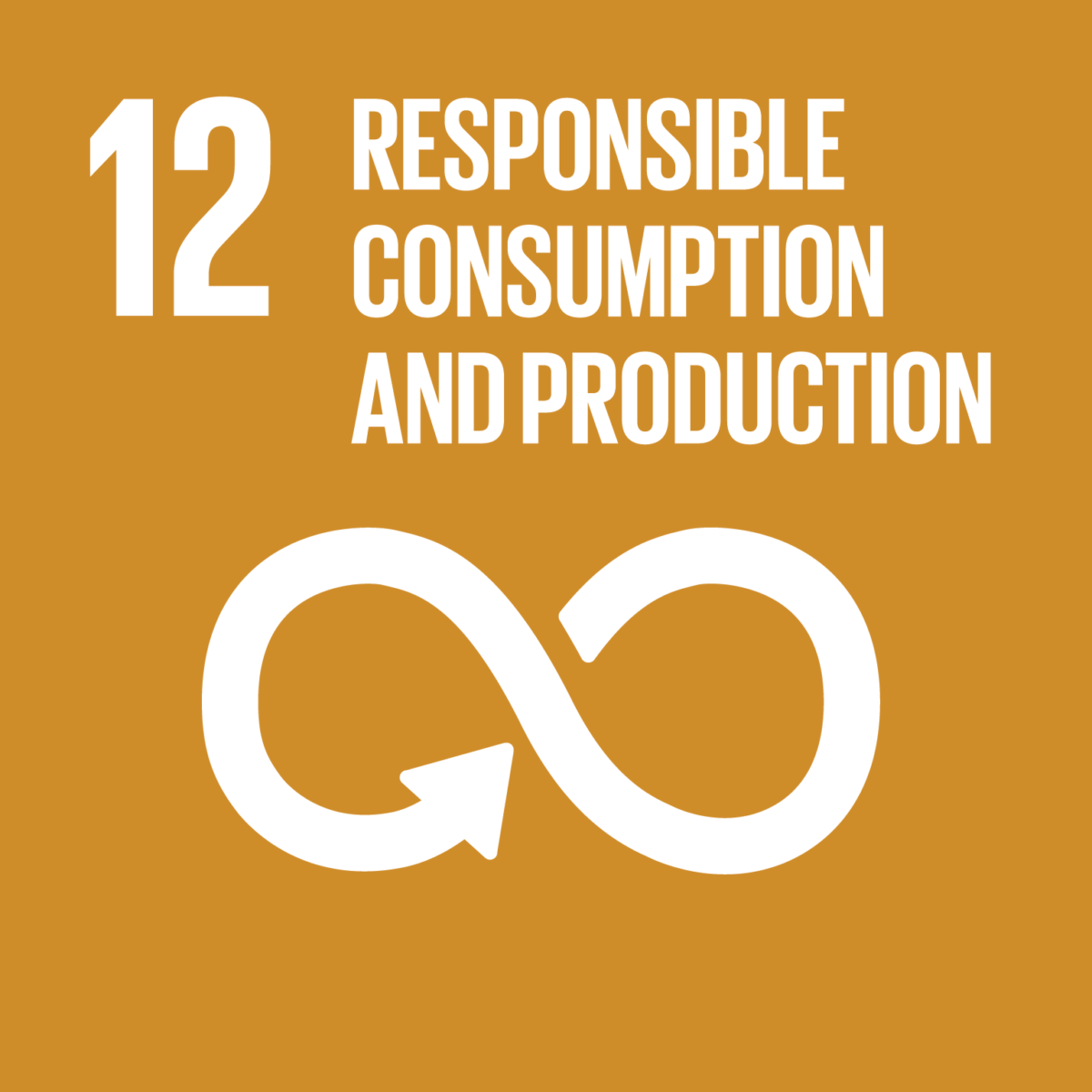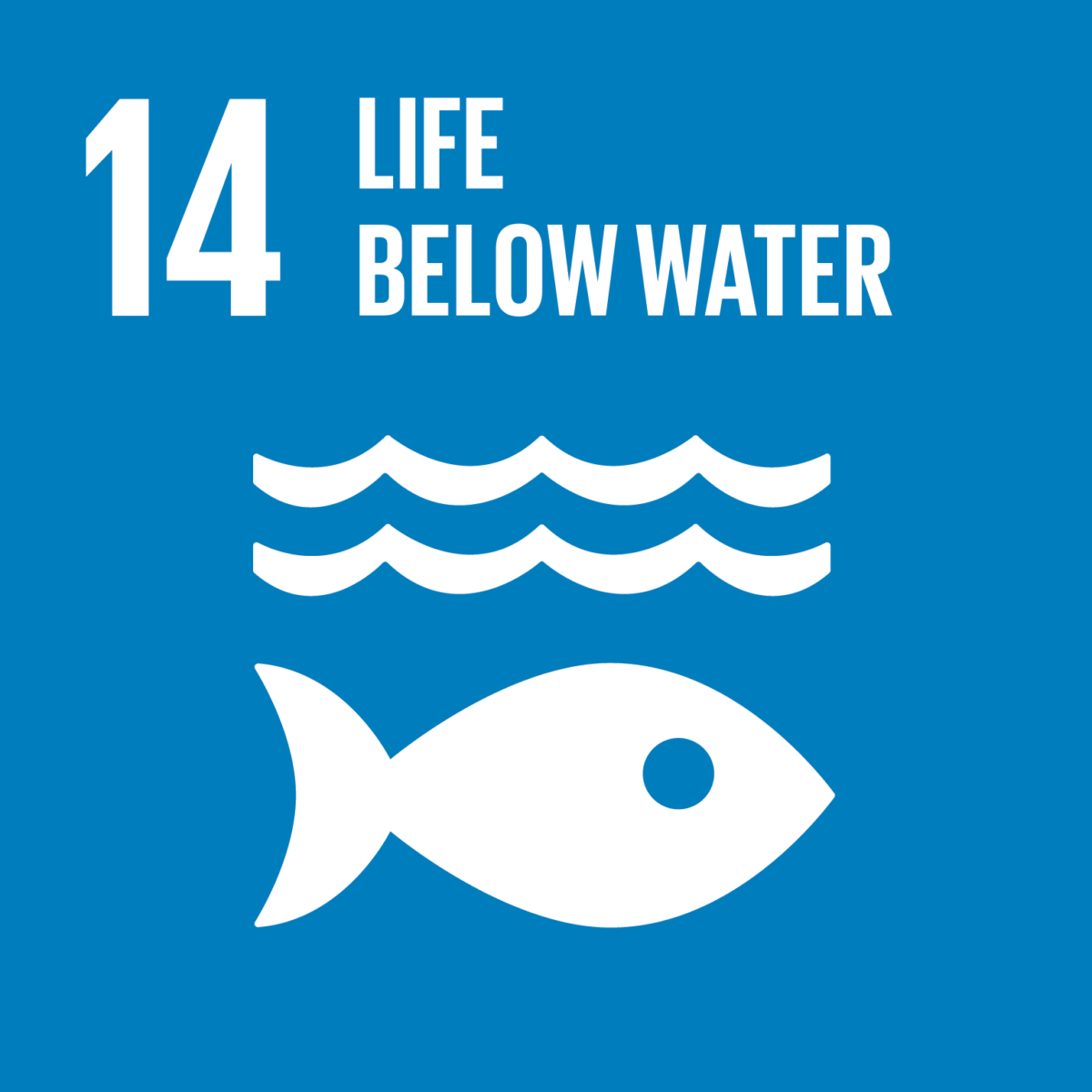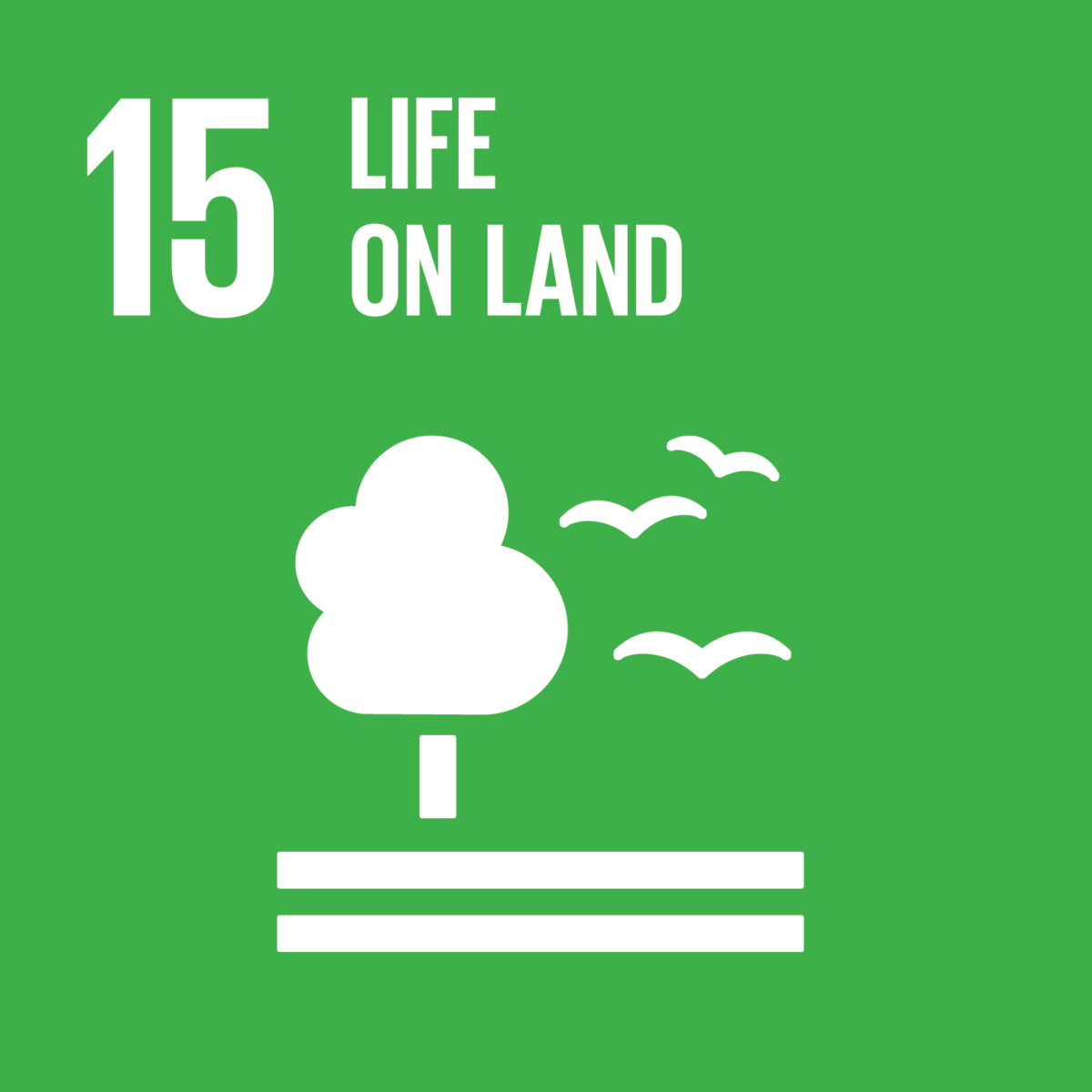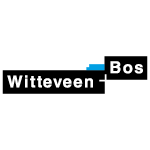The coastal areas along the IJsselmeer represent great values for nature, recreation and flood protection. The project sand engine along the Frisian IJsselmeer coast studies how a robust flood defense can be created through natural processes.
Goal
We take the use of natural processes in the defense of the coast as the starting point. The main question of the project is whether a sand engine can lead to a more sustainable, cheaper and ecologically robust coastal protection of the Friesian IJsselmeer coast. Therefore we study the possible effect of future peaks and level fluctuations on the coastal defence. An extensive monitoring program is being carried out to follow the effects of the sand engines on the coast, to see how the sand moves and to measure the effects on vegetation. This monitoring will continue until 2017. The knowledge gained in this project is used to develop a strategy for sustainable coastal protection and to strengthen the spatial quality of the entire Frisian IJsselmeer coast.
Approach
The project consists of three pilot studies. In two locations along the Frisian IJsselmeer coast sand nourishments are applied. For the Workumerwaard this is constructed as a sand ridge parallel to the coast, while for Oudemirdum this is constructed as a hook perpendicular to the coast. At both locations, the morphological changes and ecological effects are followed closely in time. For a third location, Hindeloopen, a model study is conducted to gain insight into the functioning of the coastal system and to explore the chances of measures based on the principles of Building with Nature for this area.
Research
The pilots are intended to gain knowledge of the system, therefore appropriate monitoring is essential. The monitoring is focused to gain a better understanding of:
– Effects on the coast
– Effects on ecology (above and below water)
– Behaviour of the sand engine
o where the sand travels
o how fast the sand travels
o what (weather) conditions is dominating the observed changes
The morphological changes around the sand nourishment are followed in detail by measuring land elevations with LIDAR, and underwater bathymetry with DGPS and sonar readings. These measurements show how and where the sand is moving. In Workumerwaard an innovative experimental set-up is used with fibre-optic Digital Temperature Sensing (DTS), which makes it possible to follow the morphological changes on a highly detailed time scale.
Research on the governance aspects is focused on the lessons learned to scale up the application of such a sand engine, and simultaneously to create realistic expectations.
Results
The results up to 2014 in the Workumerwaard demonstrate that the sand moves parallel along the shore, and new sand ridges are formed on the suppletion. So far, no effect of the sand nourishment was observed on the coast. The fibre-optic DTS measurements show that these have great potential to follow morphological changes in high temporal detail. The results in Oudemirdum show that the sand is moving in line with expectations. At both locations, no major differences in underwater vegetation between control sites and suppletion sites are observed so far. Both pilot locations provide important data sets that can be used to calibrate morphological models.
Partners and stakeholders
This project is executed by a consortium consisting of Ecoshape, Wageningen Environmental Reseach, Deltares, Arcadis, Witteveen en Bos, It Fryske Gea, Province of Friesland, Wetterskip Fryslân, Rijkswaterstaat, gemeente Súdwest-Fryslân, gemeente De Friese Meren and Stichting Het Blauwe Hart. Project management is carried out by Alterra.
Building with Nature Guideline
Sustainable Development Goals
Contact












